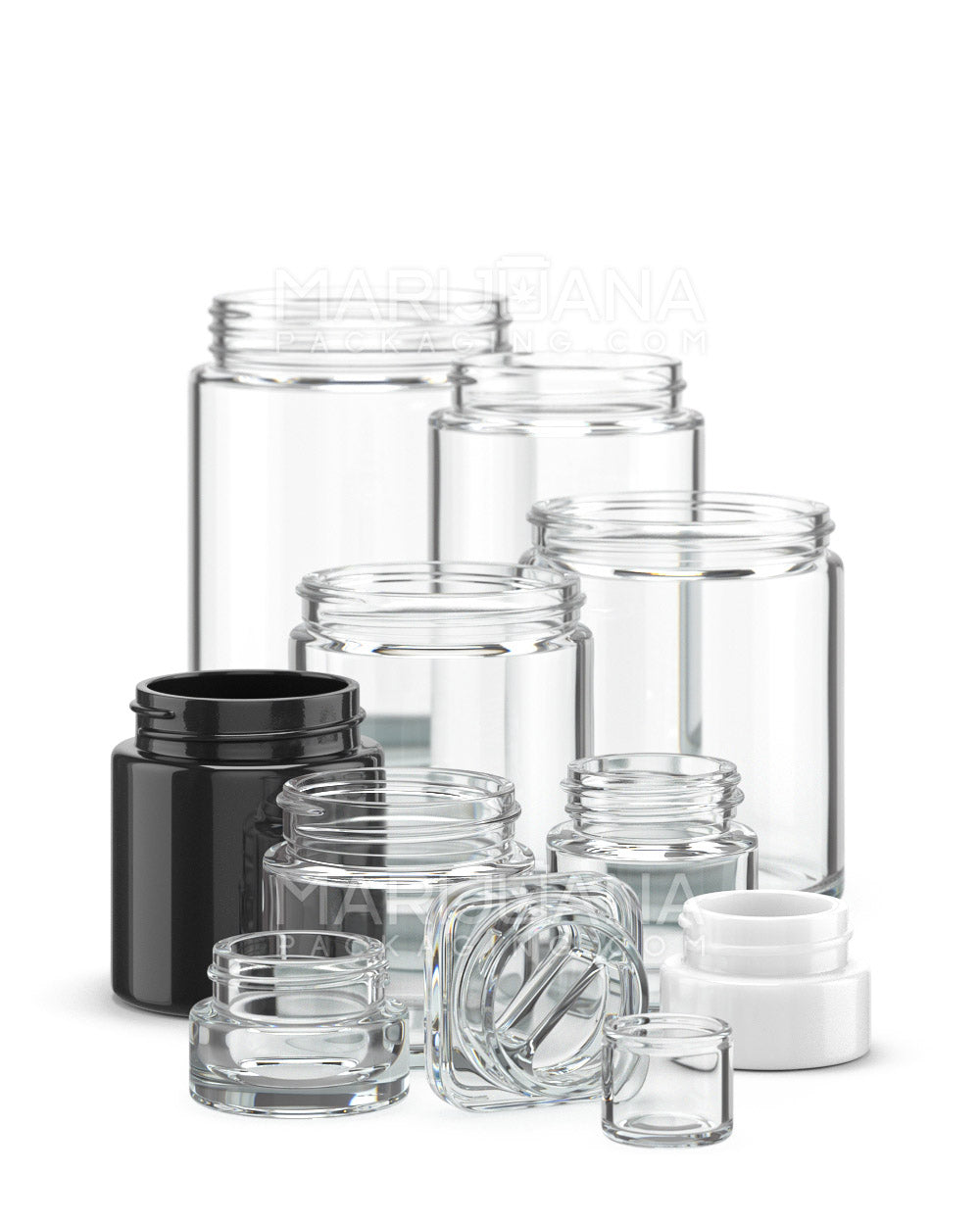Becoming a marijuana prescriber is an exciting path for medical professionals who are passionate about alternative medicine and patient care. With the changing landscape of marijuana legalization, more healthcare providers are interested in incorporating this option into their practice.
This article will guide you through the requirements to become a marijuana prescriber, covering everything from understanding legal obligations to practical steps in integrating cannabis into patient treatment plans. Let’s get started!
The Legal Landscape of Marijuana Prescription
Before diving into the specifics of becoming a marijuana prescriber, it’s essential to understand the legal framework surrounding medical marijuana in the United States. At the federal level, marijuana remains a Schedule I controlled substance, which can complicate matters for prescribers. This classification means it's not recognized as having any accepted medical use by the federal government.
However, many states have legalized marijuana for medical use. Each state has its regulations and requirements, which can vary significantly. For instance, some states allow physicians, nurse practitioners, and physician assistants to recommend marijuana, while others restrict this ability to physicians only.
Therefore, it's crucial to familiarize yourself with the specific laws in your state. You’ll need to ensure that you’re compliant with both state laws and any federal legal considerations. Consulting with legal experts or peers already practicing in this field can be a helpful step in understanding the nuances of state-specific laws.
Educational and Professional Requirements
To become a marijuana prescriber, you typically need to be a licensed healthcare provider. In most states, this includes physicians, nurse practitioners, and physician assistants. Your state’s medical board will have the final say in whether you’re eligible to prescribe medical marijuana.
Beyond basic medical training, some states require additional education focused on cannabis medicine. This could take the form of continuing medical education (CME) credits or specialized certifications. These educational programs cover various aspects of cannabis, including pharmacology, therapeutic uses, and potential risks.
Investing in this additional education not only meets legal requirements but also equips you with the knowledge necessary to make informed decisions when recommending cannabis to patients. Many medical professionals find these courses valuable for understanding the complexities of cannabis as a treatment option.
Registering with Your State’s Medical Marijuana Program
Once you’ve met the educational and professional requirements, the next step is to register with your state’s medical marijuana program. This registration process varies by state, but it generally involves submitting proof of your medical license and completing any required training.
In some states, you'll also need to provide your patients with a medical marijuana card or similar documentation. This card allows patients to purchase medical marijuana from dispensaries legally. It’s important to keep up-to-date records and ensure all documentation is accurate to avoid legal issues.
Keeping a detailed record of your interactions with patients regarding medical marijuana is not just a best practice—it’s often a legal requirement. Make sure to document the rationale behind each recommendation and any follow-up care provided.
Understanding Marijuana Strains and Products
As a marijuana prescriber, you’ll need to be knowledgeable about the different strains and products available to your patients. Marijuana strains are typically divided into three categories: indica, sativa, and hybrids. Each has unique effects and potential benefits.
Indica strains are often recommended for patients dealing with insomnia or chronic pain due to their sedative effects. Sativa strains, on the other hand, are known for their energizing properties and might be more suitable for conditions like depression or fatigue. Hybrids offer a balance of both, providing tailored effects depending on the patient’s needs.
Beyond strains, patients can consume marijuana in various forms, including oils, edibles, tinctures, and topicals. Each product type has different onset times and durations of effect, which is crucial information when guiding patients on how to use medical marijuana effectively.
Building a Patient-Centric Approach
Patient care is at the heart of any medical practice, and prescribing marijuana is no different. A patient-centric approach means understanding the individual needs and conditions of each patient and tailoring their treatment plan accordingly.
Start by conducting a thorough medical assessment to determine if medical marijuana is a suitable option. Consider factors such as the patient’s medical history, current medications, and lifestyle. It’s also important to have open discussions with patients about their expectations and any concerns they might have.
Education is key. Make sure your patients understand how to use their prescribed marijuana safely and effectively. Discuss potential side effects and how to manage them. Providing comprehensive information empowers patients to make informed decisions about their treatment.
Integrating Marijuana into Treatment Plans
Once you’ve determined that medical marijuana is a suitable treatment for a patient, integrating it into their treatment plan is the next step. This process involves coordination with other aspects of the patient’s healthcare and may require adjustments to existing treatments.
Consider potential interactions with other medications. While marijuana is generally well-tolerated, it can interact with certain drugs, affecting their efficacy or causing unwanted side effects. Regularly review and adjust the treatment plan as needed, based on the patient’s response to the marijuana.
Follow-up care is essential for monitoring the patient’s progress and making any necessary changes to their treatment plan. Encourage patients to keep track of their symptoms and any changes they notice, and use this information to guide ongoing treatment decisions.
Navigating Challenges and Ethical Considerations
Prescribing marijuana comes with unique challenges and ethical considerations. One of the primary concerns is ensuring that your recommendations are based on the best available evidence and tailored to each patient’s needs.
There’s also the potential for misuse or abuse of medical marijuana. It’s important to screen patients for risk factors and take steps to minimize these risks. Developing a robust patient monitoring system can help ensure that marijuana is used responsibly and effectively.
Ethical considerations also extend to patient confidentiality and privacy. Ensure that your practice complies with all legal and ethical standards related to the storage and sharing of patient information. Transparency with patients about how their data is used can build trust and improve the patient-provider relationship.
Networking and Continuing Education
The field of medical marijuana is constantly evolving, and staying informed about the latest research and developments is crucial. Networking with other professionals in the field can provide valuable insights and support.
Consider joining professional organizations related to cannabis medicine. These groups often offer resources such as conferences, webinars, and journals that can help you stay up-to-date with the latest information. Collaborating with peers can also lead to valuable partnerships and mentorship opportunities.
Continuing education is another important aspect of staying informed. Many states require ongoing education to maintain your prescriber status, and these courses can help you keep abreast of new research and best practices.
Final Thoughts
Becoming a marijuana prescriber involves navigating a complex landscape of legal, educational, and ethical considerations. However, with the right knowledge and preparation, you can integrate this treatment option into your practice and provide valuable care to your patients.
When it comes to packaging solutions, Gamut offers a wide range of options, from jars and bags to tubes and bottles. Whether you’re looking for custom designs or industry-specific solutions, Gamut's full-scale packaging services are tailored to help your brand stand out. By choosing Gamut, you can make your brand unforgettable and meet all your packaging needs efficiently.



















